New York, July 17 (V7N) – The US dollar’s bubble-like overvaluation that characterized recent years appears to have burst, sparking concerns that an equally precarious "anti-bubble" may be forming in its wake.
The first half of 2025 has been defined by unprecedented volatility across US financial markets, especially stocks and bonds. This turbulence has coincided with a sharp decline in the US dollar, which has recorded its worst performance at the start of any calendar year since the adoption of the floating exchange rate system in the early 1970s.
Market analysts attribute this steep depreciation to significant shifts in investor sentiment and underlying economic fundamentals. Persistent uncertainties related to inflation trends, interest rate policies by the Federal Reserve, and the outlook for global economic growth have collectively placed downward pressure on the currency.
Experts caution that these developments likely represent a structural recalibration rather than a fleeting market correction. The dollar’s “anti-bubble” phase could have far-reaching consequences for international trade, capital flows, and central bank monetary policies across the globe.
Investors and policymakers are vigilantly observing whether this phase will stabilize or trigger further currency fluctuations. The US dollar’s trajectory will continue to influence trade balances, foreign investment decisions, and economic strategies worldwide.
As 2025 progresses amid ongoing geopolitical tensions and financial uncertainties, the US dollar remains a crucial indicator of global economic confidence and stability.
END/WBD/SMA/



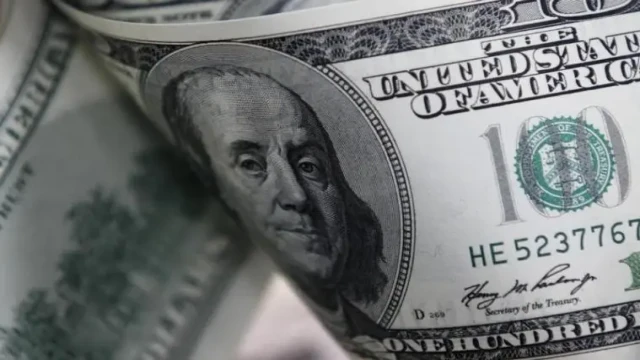

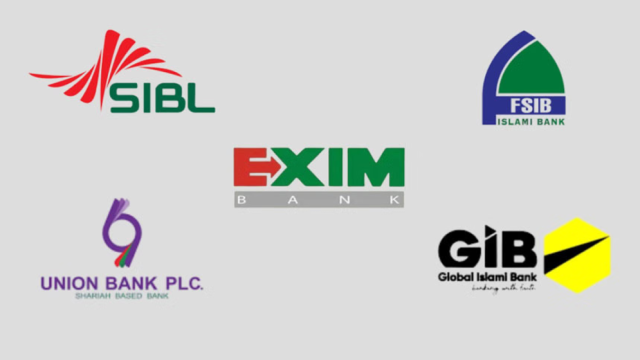
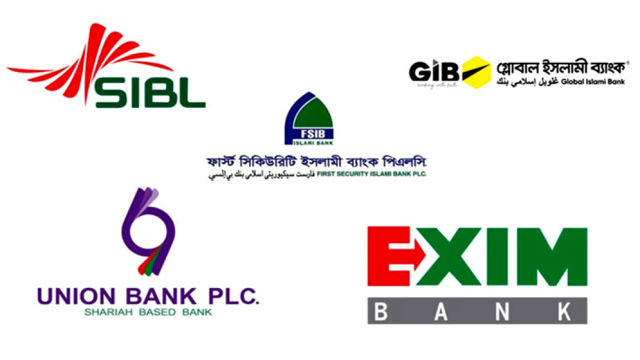


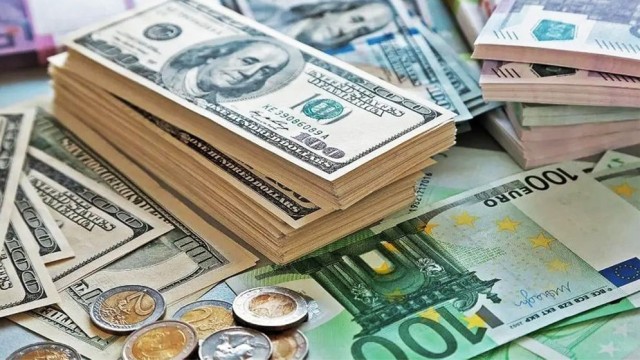
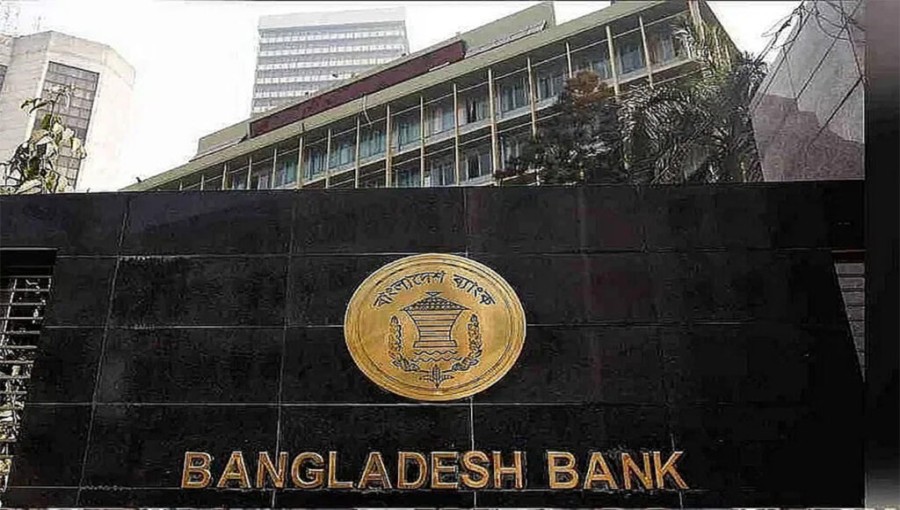




















Comment: